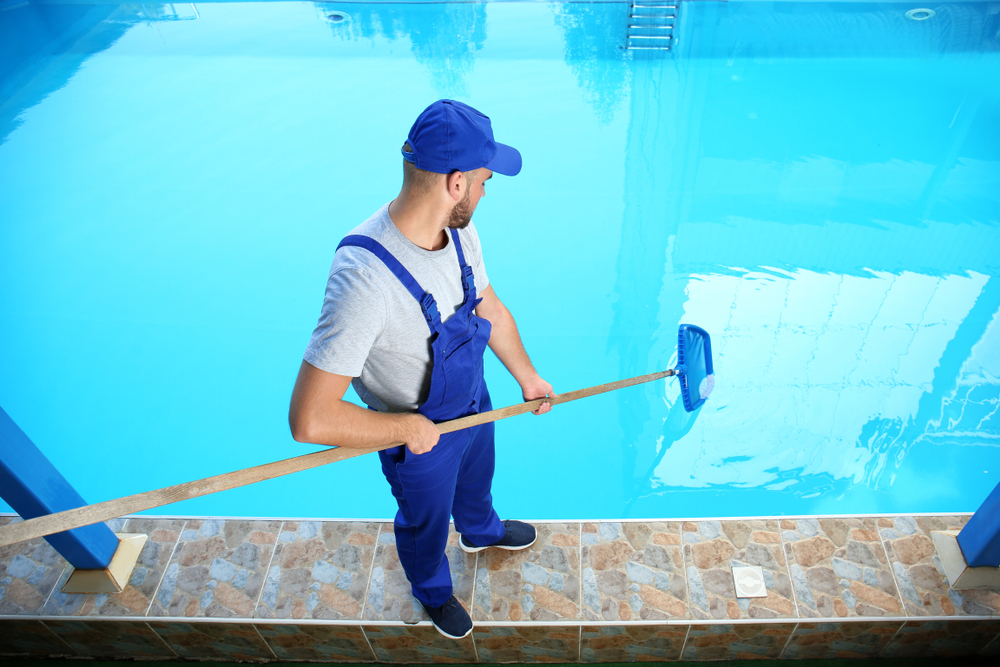Summer has finally arrived, so it’s time to consider getting your pool up and running for the season. However, maintaining your pool can be more difficult than you expect, especially if you haven’t done it before or haven’t done it in a while.
With summer’s sweltering heat upon us, it’s important to keep your swimming pool clean and free of debris so you can relax and have fun in the sun
Fortunately, with these tips for maintaining your pool this summer, you’ll be able to keep your pool looking its best all season long without worrying about any major issues or surprises.
Vacuum Your Pool for Dirt and Debris
The first step to maintaining your pool is to vacuum it regularly. This will help remove dirt and debris from the bottom of the pool. You should vacuum your pool at least once a week and more often if you have many people swimming in it.
To vacuum your pool, you’ll need a garden hose, a vacuum head, and a brush. First, attach the vacuum head to the garden hose. Then, lower the vacuum head into the water at the deepest part of the pool. Slowly move the vacuum head around the bottom of the pool, using the brush to loosen any dirt or debris stuck to the sides or bottom. As you move the vacuum head, the suction will pull dirt and debris into the hose.
Sanitize Your Pool Regularly
One of the most important things you can do to maintain your pool this summer is to sanitize it regularly. You should shock your pool at least once a week and test the pH levels often. This will help keep the water clean and free of bacteria. The chemicals necessary for sanitizing a pool vary depending on where you live, so follow the directions on your chemical kit or consult with an expert.
Some people have trouble balancing their pH levels, which can cause scaling and corrosion in their pipes. To prevent these problems, you should use algaecides and chlorine tablets according to the instructions in the manual.
Keep pH Levels Around 7.2 – 7.8
A pool’s pH level is important to maintain because it affects how effectively chlorine kills bacteria. The chlorine will be less effective if the pH level is too low. Too high of a pH level, and the water can become corrosive. Test your pool’s pH levels regularly and adjust as needed. You can also add an acid to lower the pH, or sodium bicarbonate (baking soda) to raise it. To ensure your pH levels are well balanced, you need to:
- Drain and refill your pool with fresh water: Every few weeks, you should drain your pool so that all of the sediment on the bottom settles out. Refill with fresh water and allow it time to circulate before using it again.
Change Your Filter When Necessary
Your pool’s filters are one of its most important components. They help keep your water clear and healthy and can save you money on chemicals, since they help trap contaminants that would otherwise get into your pool. Make sure to clean your filter before you replace it, as well.
Fortunately, cleaning a filter is simple—remove it from its holder and rinse out any debris that may have collected around or inside it. You should do so regularly to ensure you don’t let dirt or other substances clog up your filter and prevent proper water flow.
The frequency with which you need to change your filter depends on your filter type, how often you use your pool and the size of your pool. A good rule of thumb is to check your filter every month and clean or replace it when necessary. For example, if you have a sand filter, you should change it every three to five years. If you have a cartridge filter, you should change it every one to two years.
By taking the aforementioned steps, you ensure that you can enjoy your pool all summer long in a way that is hygienic and safe, as well as cost effective in the long run. And if you are in need of a gorgeous pool deck, contact MGC Decks. Their works are nothing short of impressive, and they have been featured in several television shows and major publications.

